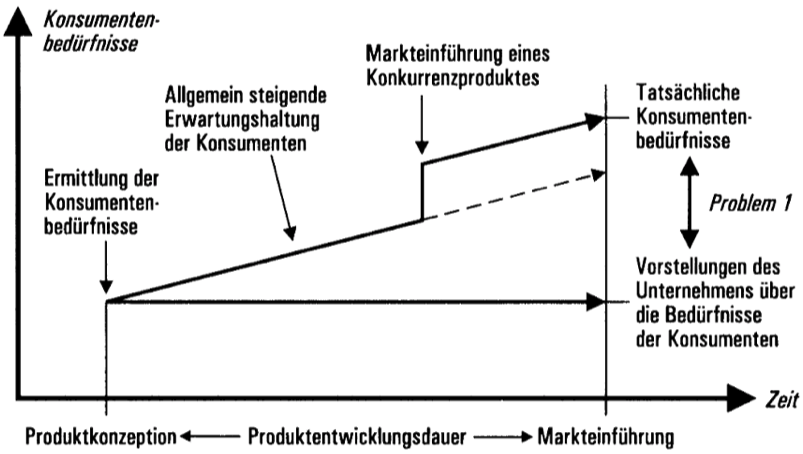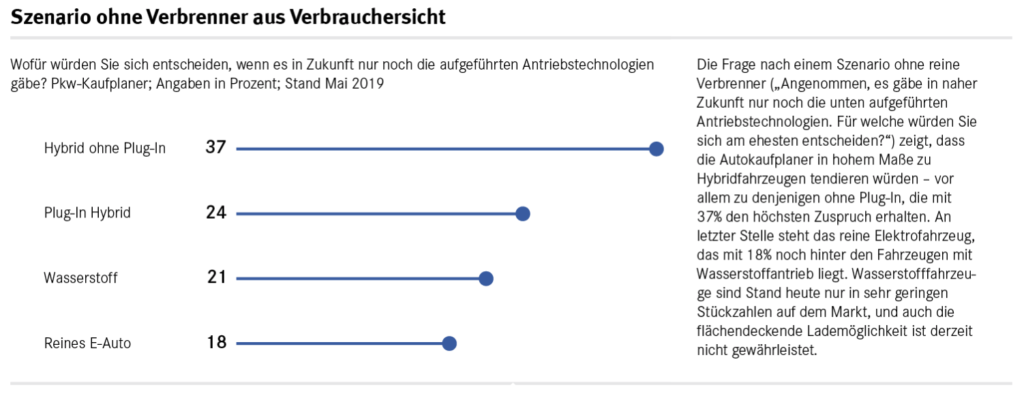Motorists probably prefer the following general advantages of the individual motorized transport (MIV):
- individual, spontaneous mobility, spontanous decision for mobility at any time
- door to door transport
- covering even long distances in an acceptable time span
- comfort, privacy, felt security
- transportation of family members, friends and goods
- reaching remote destinations at any time
Car users may show individual behavior, they non the less jointly support the infrastructure by paying of taxes and fees:
- road infrastructure
- MIV services: car manufacturers, the fuel industry, the distribution system and network of service stations, garages etc.
The transition of the car fleet towards an electricity led system will work out faster and on a higher quality level, if it is organised “cooperatively” as well, if the car user is not left alone with the management of the traction batteries. This holds especially true, as the electricity storage capacities of the fleet shall contribute to the completion of the energy transition, too. Sharing a battery-charging infrastructure, that
- releaves the car holder from buying the traction battery,
- minimises mandatory charging breaks,
- enables the bidirectional pooling of battery capacities,
- provides grid services and
- includes an optimised charging management ,
- avoids redundant stationary storage and especially
- allows the economical operation of the system,
takes into account the preferences of motorists. Their willingness is a prerequisite, that allows for the electrification of the fossil-fueled fleet at the necessary speed, as quickly as possible, that is, at a rate of six per cent per annum.

BEV will enter the mass market, as price and performance can compete conventional cars. Source: Fillip, Stefan: Market-oriented concept of product quality. 1997
The currently offered plug-in BEV however, in combination with private or public charging points, lead to
- long mandatory breaks,
- mono- (uni-) directional charging of the car, which degrades users to mere, additional electricity consumers,
- negative effects on power grids,
- set up of redundant and inefficient storage capacity – or, due to a lack of investors, to the absence of needed storage capacitiy.
Despite government incentives to buy cars and the establishment of a charging point infrastructure by the state and municipalities, 2018 was again evident, that the thus created offers do not generate a corresponding demand. The product falls back behind the existing in terms of its individual-spontaneous useability- and availability.
The monthly survey of the German Automobile Trust (DAT), a opinion poll institute financed by the automotive industry , shows the preferences of consumers within the market for alternative car drives in May 2019.

Source: DAT
If combustion engines were no longer available, over 80 percent of those surveyed would not buy a purely electric car. The vehicle closest to the combustion engine driven, the hydrogen fueled, is slightly more popular, than the pure BEV. Range and the familiar refueling infrastructure are likely to play a role. Hybrid drives without plug-in option would be demanded more than hybrids with charging cable and reach the greatest overall demand . The shows, that consumers appear to reject the handling of power cables in particular . In general, pure BEV with a limited range and mandatory charging breaks is considered the least practicable.
Shall, from a consumers point of view, he turn away from the combustion engine, the electric individual traffic must obviously show central characteristics: no charing times, no charging cable, Value retention and maybe also a contribution to the continuation of the energy transition.
